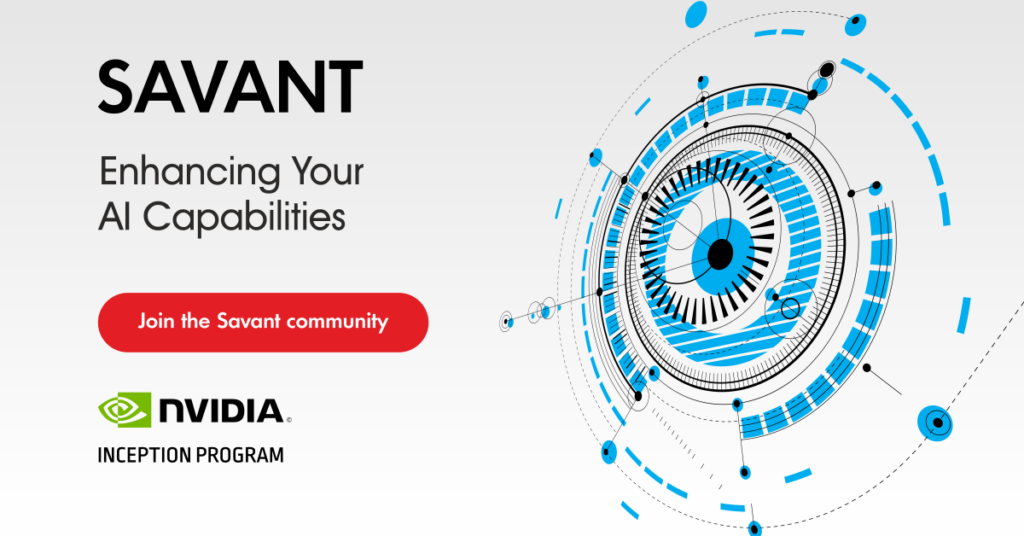
Specific Nvidia platforms do not support the Nvidia encoder (NVENC) device. Datacenter accelerators like V100, A30, A100, and H100 cannot encode video streams. The situation also transpires to the edge: Nvidia Jetson Orin Nano does not include NVENC either.
Nvidia’s decision to remove NVENC (Nvidia Encoder) hardware encoding from several data center and edge devices could be due to various strategic, technical, or market-driven reasons. Here are some potential factors that might have influenced this decision:
- Licensing and Market Segmentation: Nvidia might want to differentiate its product lines more clearly. By removing NVENC from specific devices, they could push customers towards devices that support hardware encoding, thus segmenting the market into distinct tiers.
- Resource Optimization: Hardware encoding requires dedicated silicon space on the GPU. By removing NVENC, Nvidia could repurpose that silicon for other features that are more in demand for data center and edge computing tasks, such as AI processing or general computing operations.
- Demand and Usage Data: Nvidia might have usage data that shows a low utilization of NVENC in certain segments, leading to the decision to remove the feature from devices where it’s not widely used.
- Energy Efficiency and Heat Management: Data centers and edge devices are increasingly sensitive to power consumption and thermal output. Removing hardware encoding could potentially reduce power draw and heat generation, which are critical factors in densely packed data centers.
It’s important to note that such decisions are rarely made for a single reason. Nvidia would consider a wide range of factors, including market trends, product strategy, customer feedback, and technological advancements, before making such a change. The exact reasons can often only be confirmed by official statements from the company or insights from industry analysts with direct knowledge of Nvidia’s strategic plans.
NVENC Absence Problem
You need NVENC to handle video encoding efficiently without downloading huge raw video frames from GPU memory to CPU memory. The absence of NVENC leads to highly inefficient video encoding, significantly decreasing performance, especially on the edge because of low-performance ARM CPU. Thus, practically, if you need to modify the video stream, you need NVENC.
Nevertheless, users want to use advanced Savant visualizing techniques provided by modules like the Always-On RTSP adapter to see how the pipeline handles data during the development phase or in production. Often, the hardware ideally fits the task, and a user just needs a fallback solution that works suboptimally (on CPU, without NVENC) but solves the video stream processing visualization problem.
Savant Solution
To overcome the problem, we implemented an additional mode in Savant’s Always-On RTSP Adapter, allowing functioning without NVENC. Currently, you can just launch AO-RTSP without initializing Nvidia runtime, and, as a result, it transparently processes video on the CPU. We do not recommend using such a mode if your hardware supports NVENC, but for Jetson Orin Nano and other NVENC-absent devices, it gives a great option to visualize data without NVENC.
Another crucial feature related to NVENC-absent devices is video pass-through processing. Read more about it in the related article.